Building a Sweet Niche for Hawaiian Cacao
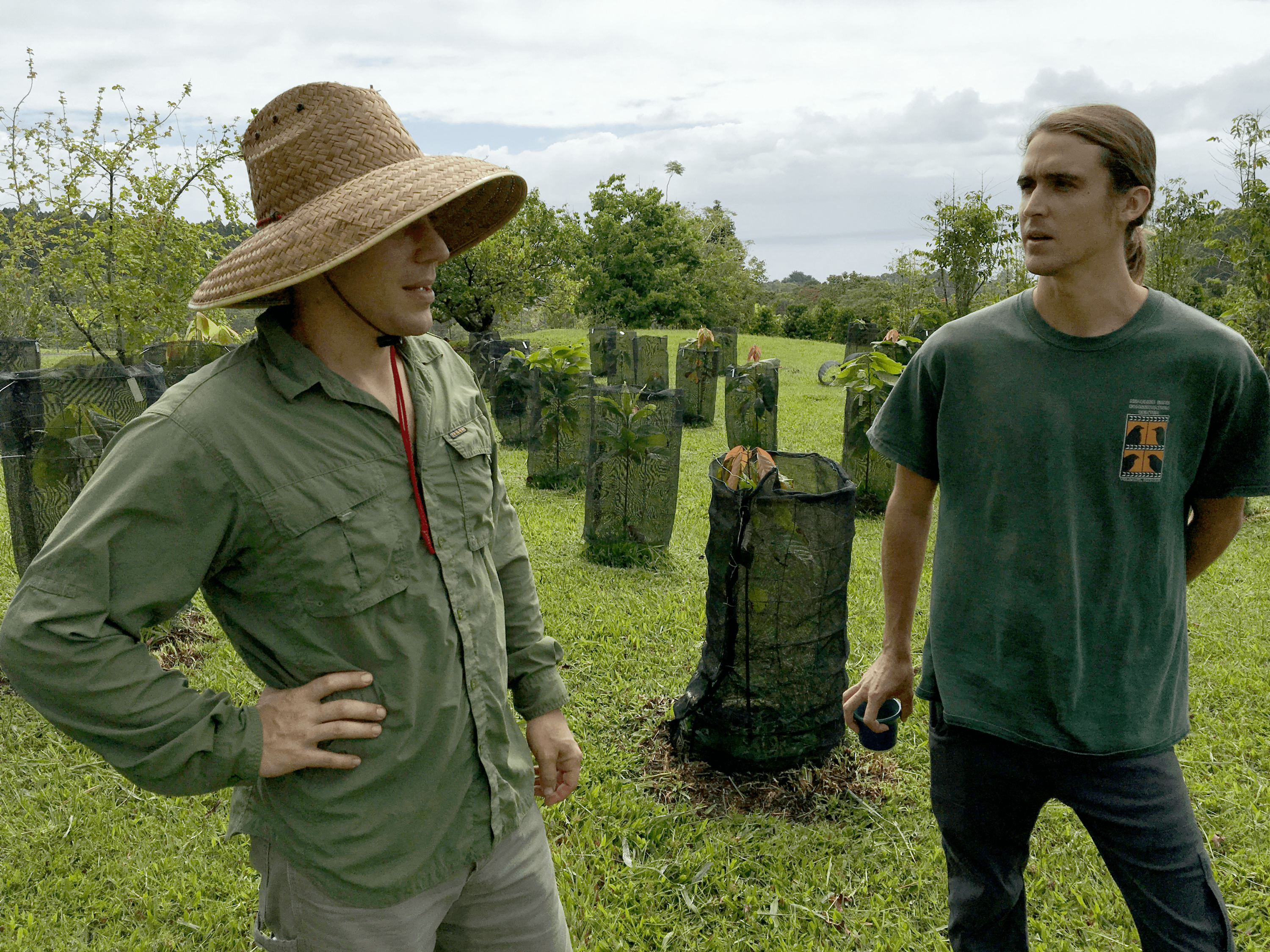
Hawaii is known for many amazing things, and some believe it’s time for world-class chocolate to be added to that list.
A dedicated group of cacao growers, processors and researchers are building a cacao industry on the islands aimed at producing distinctive, high-quality cacao, the raw ingredient the world’s top chocolatiers seek out to craft their best bars. Hawaii’s cacao and chocolate has already won some top international awards.
“With our very distinct islands and geography, we have the potential to create a lot of very premium cacao that’s quite distinct as you move across the state,” said Dave Elliott, a cacao specialist with the Oahu Resource Conservation and Development Council. “The direction we're going in Hawaii is producing beautiful chocolate that tastes different from one side of the island to the other, or even, I hope, from one watershed to the next.”
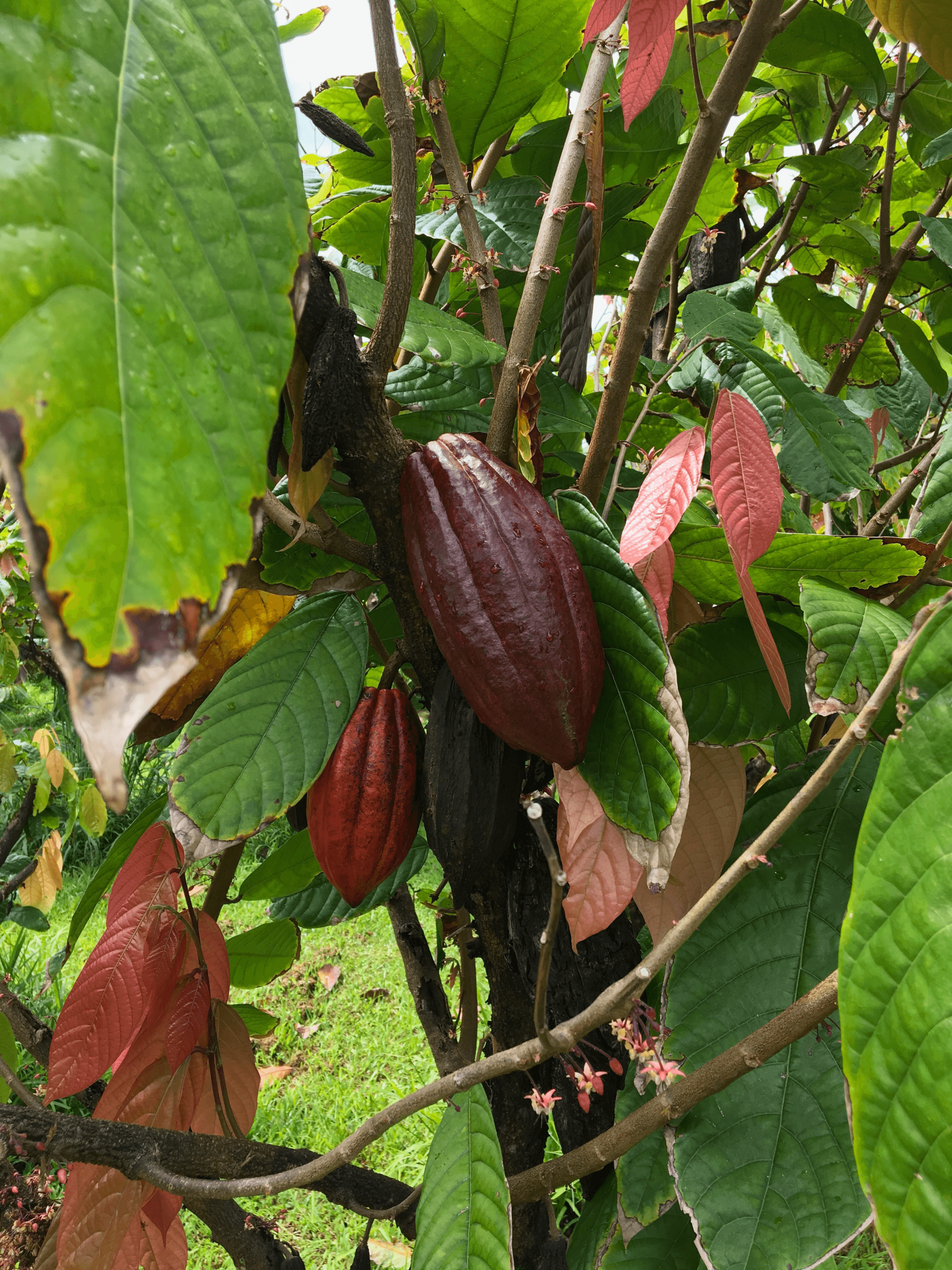
Bringing that vision to life means developing a brand-new crop on Hawaii and understanding all the elements that turn a tropical fruit into a dark indulgence.
Swapping Sweet Crops
Cacao was introduced to the islands in the mid-1800s but never really flourished. It’s only in the past 20 years or so, as plantation agriculture on Hawaii came to an end, that commercial cacao production began to spread. There are still only a few hundred acres under cultivation, but it’s growing.
“Where we see cacao grown in Hawaii is where there used to be huge plantations producing sugar cane or pineapples, but those are no longer the agricultural reality for the state,” Elliott said. “Everybody’s working hard to figure out where Hawaii’s agriculture is going and what’s going to carry us forward, and cacao is part of that.”
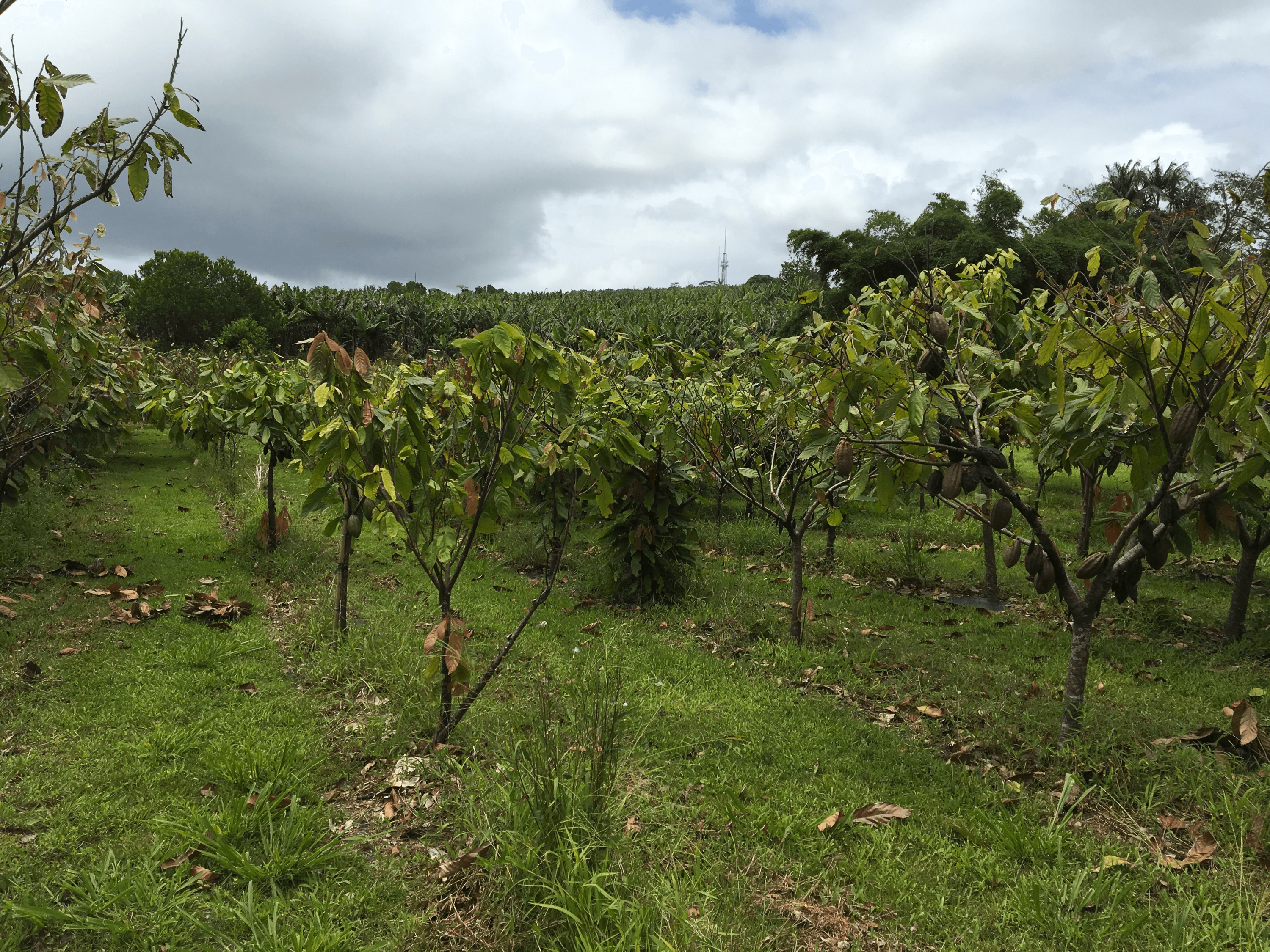
Cacao is an equatorial crop, grown in a band about 20 degrees north or south of the equator. Sitting at 19 degrees north, Hawaii is at the upper limit, which could give it an advantage on the world stage.
“We do have a cooler climate and it really improves the quality of our beans,” explained Susan Bassett of Mauna Kea Cacao outside Hilo. “It gives us the opportunity to create better flavor in the beans because the fermentation goes more slowly. That creates great flavor with lower bitterness and astringency, which chocolate makers value.”
What Hawaii doesn’t have is experience.
“Nobody here learns how to farm cacao from their grandparents because it wasn't an industry a generation ago,” Elliott said. “It's only in the last decade or so that people have started to farm it commercially. As a result, we've got challenges in not having established practices and not being able to learn from neighbors or a community of farmers. But it’s also an opportunity to start off with best practices.”
And for cacao growers, knowing those best practices up front is vital.
“From the time you put trees in the ground, if you're good with your practices and lucky with the weather, you can expect to start harvesting within three to four years but you're not going to be hitting peak harvest until maybe seven or eight years,” Elliott said. “And in cases where you do have setbacks in terms of weather or in terms of not using the best suite of practices, it can be even longer.”
Bassett and her husband bridged that gap between planting and harvest in an interesting way.
“When we bought the farm in 2011, we were living and working in Denver and we came twice a year and planted trees during vacations,” she said. “We had someone who checked on them monthly and kept the weeds down. By the time we moved here in 2015, we had a thousand trees growing and the oldest ones were beginning to produce and that worked out amazingly well for us.”
To help other new cacao growers succeed, the Oahu Resource Conservation and Development Council received a grant from the Western Sustainable Agriculture Research and Education program to test and demonstrate the best ways to establish new cacao orchards. Elliott is running tests of three different soil treatments on five farms on two different islands and testing various integrated pest management techniques.
“What we're trying to do with the Western SARE trial is to really identify some of the key bottlenecks, especially for small farms around the state,” Elliott said. “Things like black pod disease or getting successful establishment of their cacao trees so they start producing quickly.”
Not Too Many Pests
There are several serious pests affecting cacao across the globe, but fortunately only one has made it to Hawaii.
“Basically, we have black pod disease and nothing else,” Elliott said. “So our best means of pest control is keeping them out. We do a lot of outreach to growers to let them know about those risks and how they can avoid bringing in planting material that might contaminate our growing regions here in Hawaii.”
Black pod is a fungal disease that most affects growers in the wetter growing regions in the state, particularly the cooler Hilo coast of the Big Island.
“Growers are using different practices to address it,” Elliott said. “They're doing a lot of very aggressive pruning and learning to plant their trees at lower densities. More research is needed to determine if fungicides, some of which are organic, can also provide some control.”
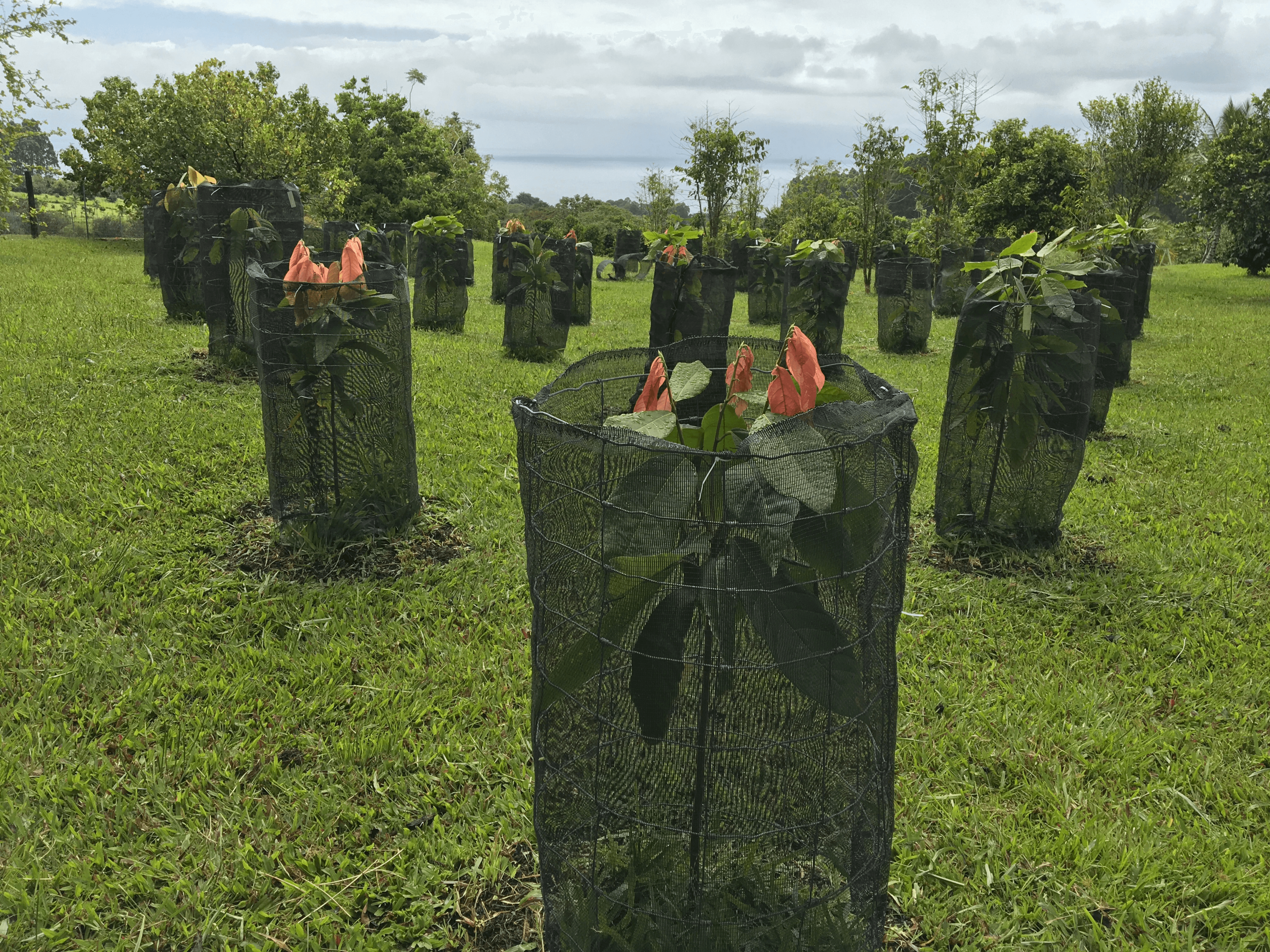
Insects can threaten cacao. In the Philippines, for instance, each cacao pod is individually bagged by hand to protect them from a pod-boring moth. Fortunately, that moth hasn't yet been detected in Hawaii, where agricultural labor is both scarce and expensive and hand-bagging probably wouldn’t be feasible.
Young trees can be damaged by Chinese rose beetles, which are on the islands, but University of Hawaii research and the SARE-sponsored trials have shown that caging newly-planted seedlings provides excellent protection.
From Bean to Bar
After cacao pods are harvested, they are cracked open and the beans extracted and fermented. In a fermentation vat, the beans look more like Styrofoam packing peanuts than anything that resembles chocolate. After fermentation, the beans are sun-dried then roasted and crushed into cocoa nibs, which are combined with sugar and other ingredients to produce chocolate.
Good fermenting and drying can elevate ordinary cacao and bad fermenting and drying can ruin great cacao, so getting the processing perfect is critical. That’s being studied in Hawaii, too.
“Right now, I'm finishing my graduate work looking at different post-harvest systems,” said Colin Hart, a second-generation grower at Waialae Falls Farm. “I have a lot of different fermentation treatments, a lot of different drying treatments, both artificial and natural. I send samples to chocolate makers and have them process and make chocolate out of them. Then I can see which treatments have positive effects on the flavor of the chocolate and which possibly have negative effects.”
A “bean-to-bar,” and even estate-grown “tree-to-bar” chocolate scene is growing in Hawaii, and several cacao growers are now doing their own processing. Premium estate-grown chocolate bars can sell for as much as $14 each.
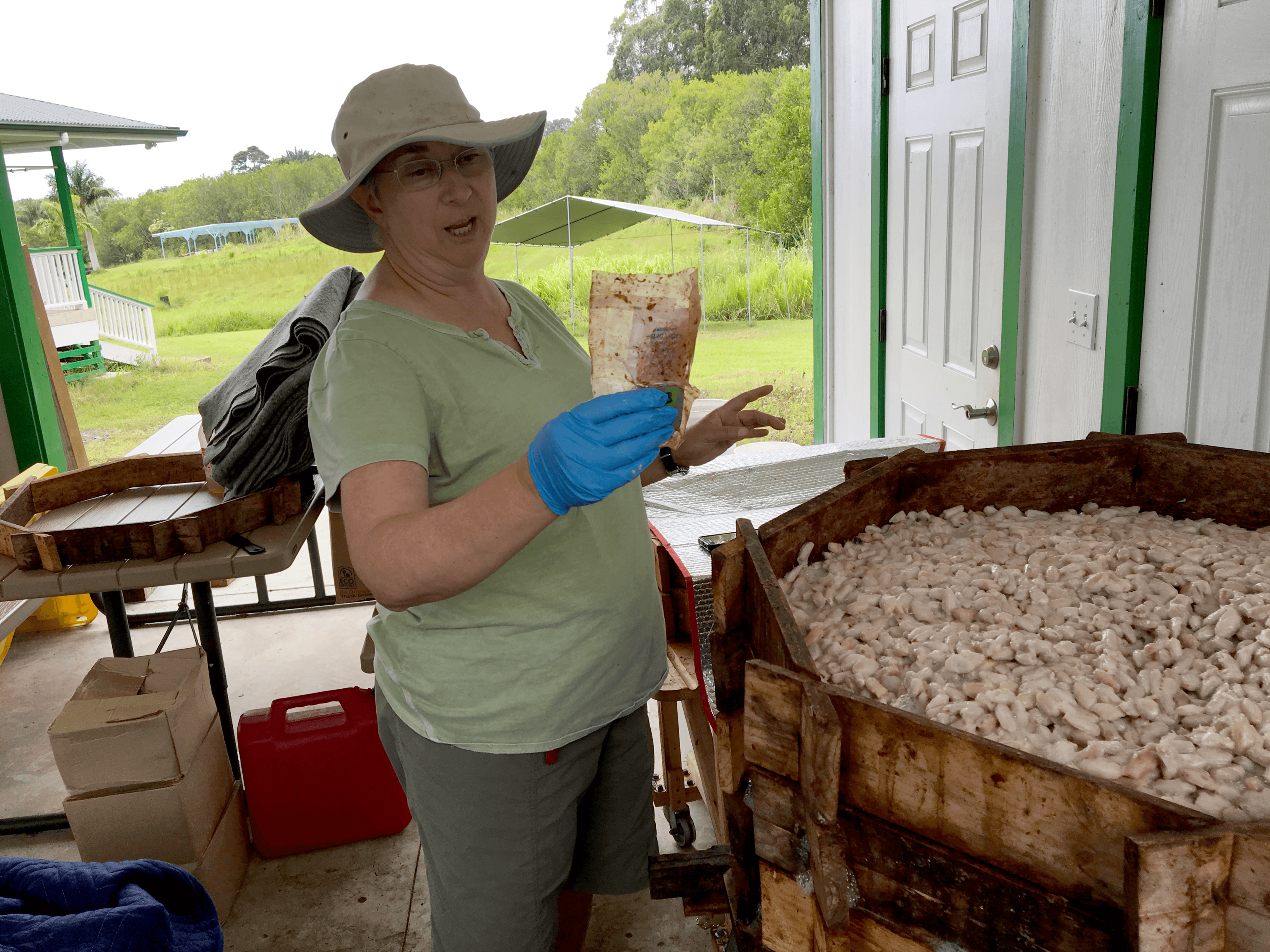
“Cacao is definitely part of the future of Hawaii's agriculture,” Elliott said. “And to put Hawaii on the map for world-class cacao and chocolate we have to be a bubbling cauldron of innovation in cacao production and processing.”
And a bubbling cauldron of premium-quality chocolate sounds pretty sweet indeed.